I tested Hasselblad’s 100MP camera and it made my full-frame Nikon look ordinary
This medium format wonder is levels above my Z6 II
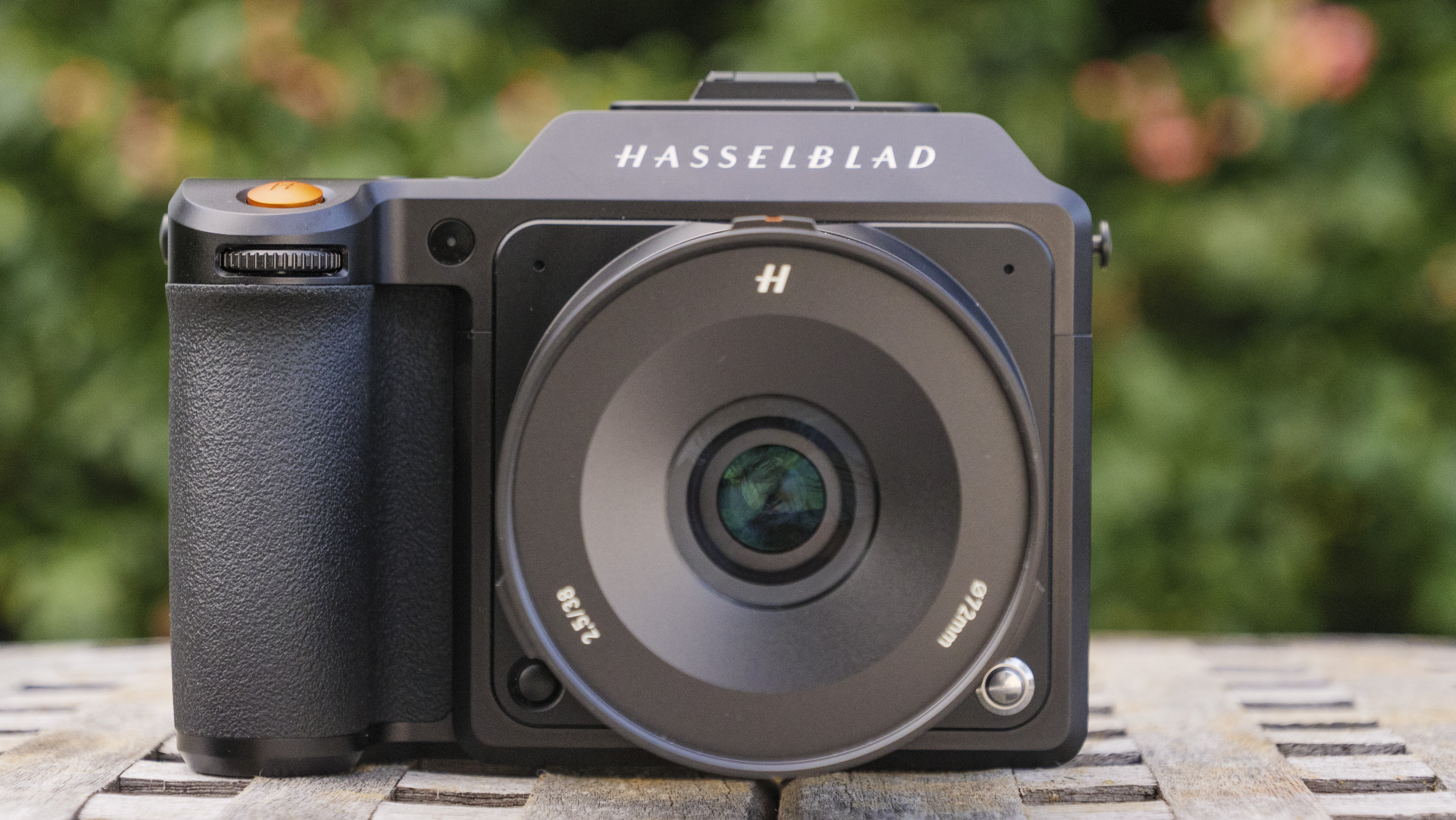
It's not often that a new camera has to be pried out of my hands, but that was the case when my on-loan Hasselblad X2D 100C was collected recently. Despite its price tag ($8,199 / £7,369 / AU$12,399), this souped-up design wonder has become my favorite medium format camera – and it eclipses my full-frame Nikon Z6 II in almost every way.
Medium format sensors are almost 2.5 times larger than full-frame, and Hasselblad has serious heritage in this space. Sitting above the equally lovely Hasselblad X1D II, the X2D is at least twice as fast as that camera, packs in twice the detail with its 100MP sensor, and has seven stops of in-body image stabilization (IBIS), which means you can shoot handheld photos with ease. It even throws in 1TB of internal SSD storage for good measure.
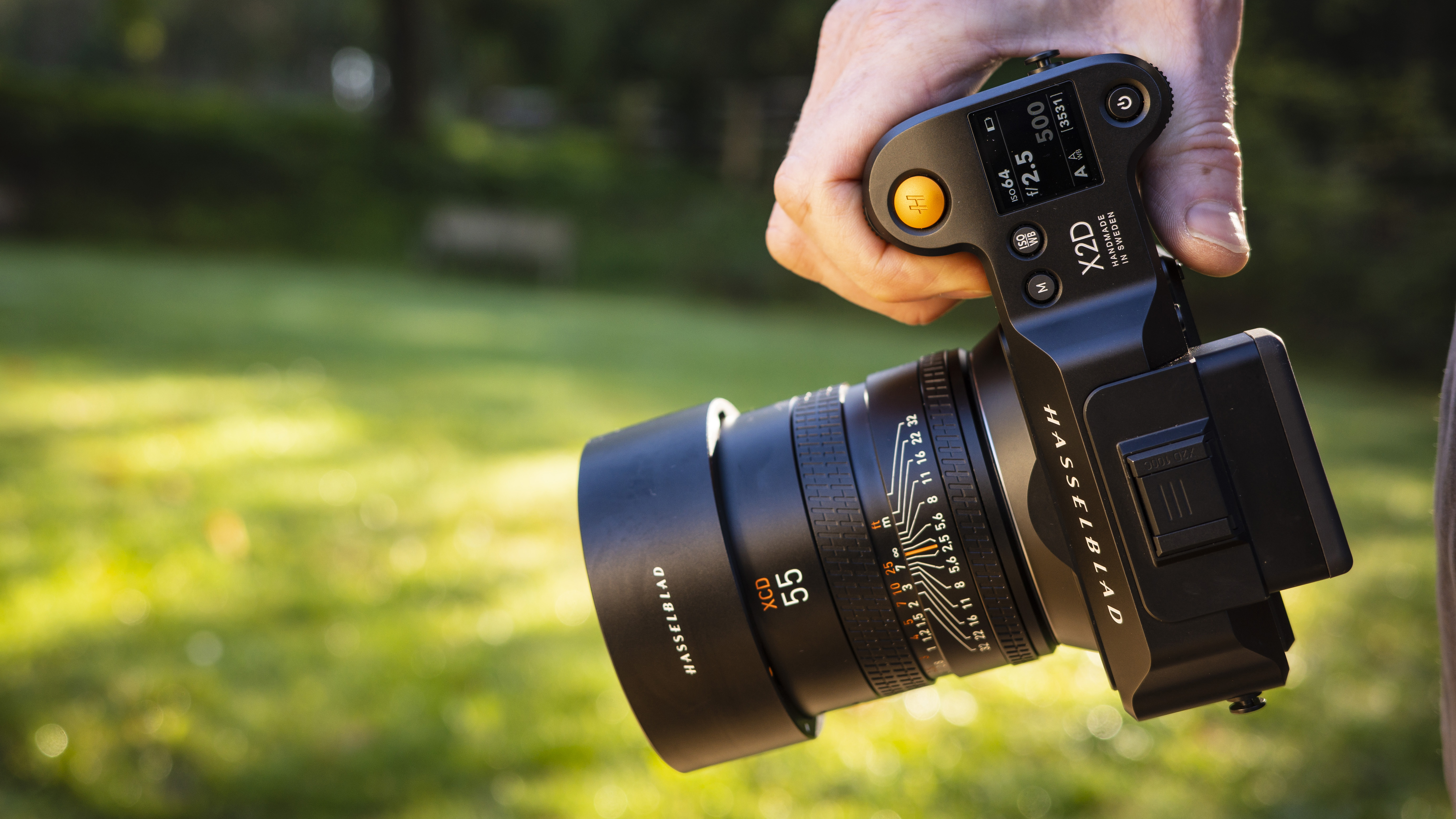
But despite all of these exotic features, can a mirrorless camera possibly justify that price tag? After all, it isn't just the body itself that's expensive – the divine new XCD V lenses cost anywhere between $3,699 / £3,599 and $4,299 / £4,059 each. And how much better is the X2D 100C than one of the best full-frame cameras?
I spent a week testing this mirrorless beast against my trusty Nikon Z6 II to find out what is it about Hasselblad that still draws photographers in...
Scandi design
The Gothenburg-based Hasselblad does digital a little differently to most manufacturers, and the X2D is a stunning modern take on a classic format.
The camera's high-quality design stands out, with a full-length grip that's comfortable in both landscape and portrait format. The touchscreen response is more in line with a smartphone's, meaning it handles better than most other cameras, and at 3.6in that screen is huge, too.
Putting a 1TB SSD inside is also genius, with most other cameras still relying solely on removable media. There's an additional CFexpress B card slot, so both options are covered. If you were to buy a 1TB CFexpress B card in 2022, it would set you back close to $1,000 / £1,000 – hopefully other brands will follow Hasselblad’s example.
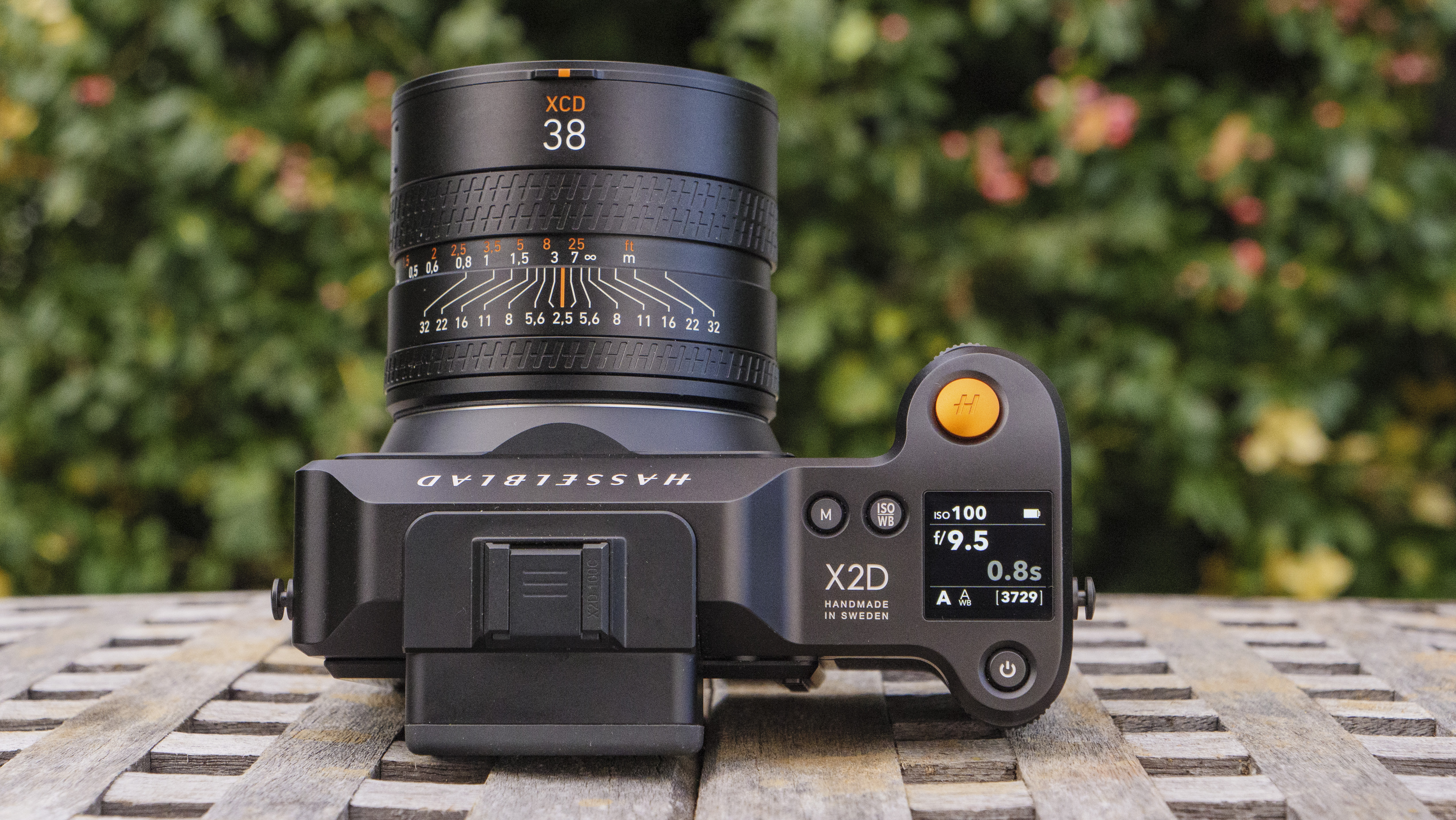
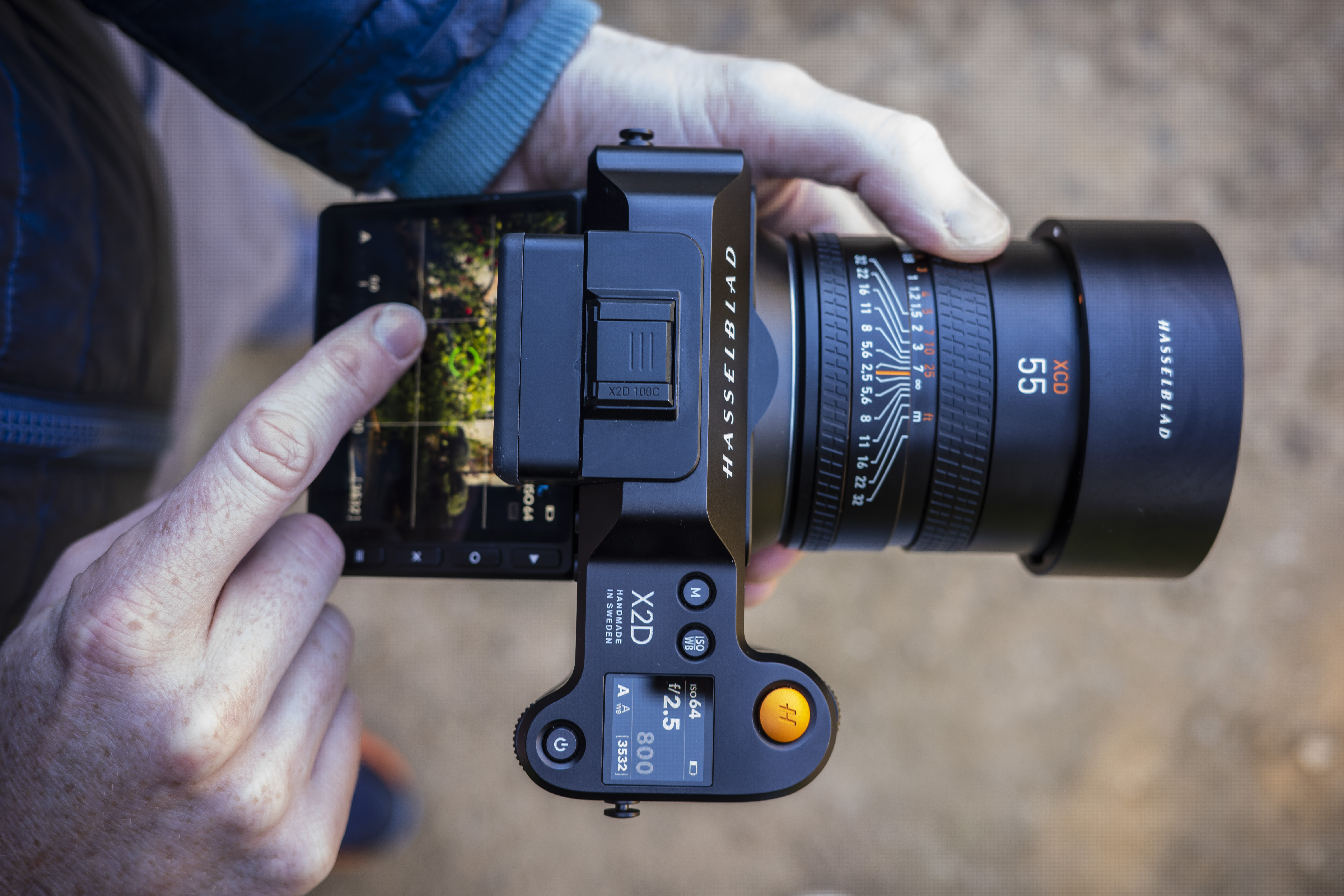
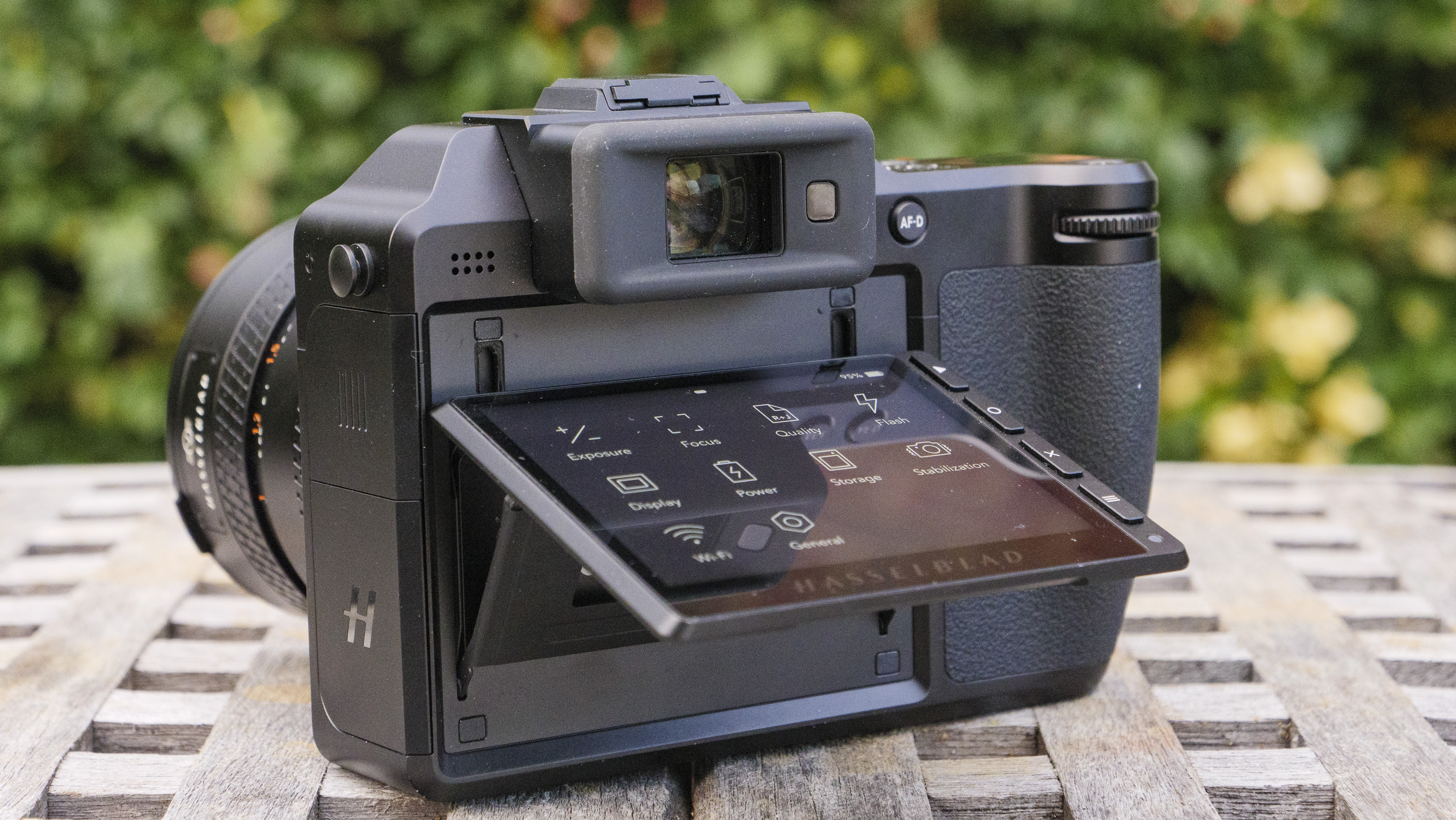
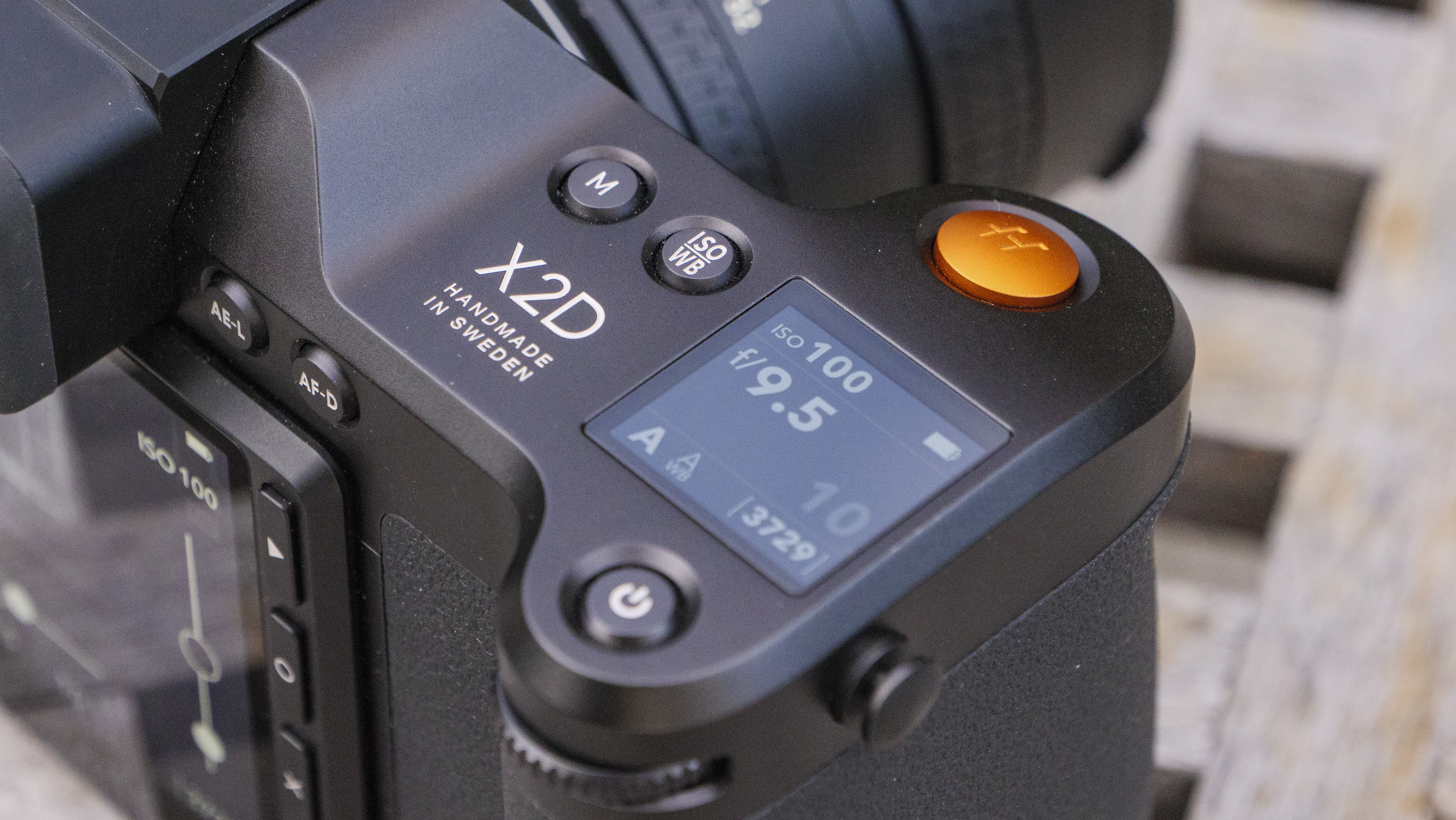
The X2D 100C's shutter design also sets Hasselblad apart, with a 'leaf shutter' type built into the lenses instead of the camera. The benefits are a quieter and less aggressive shutter action, but also that flash sync is available with any shutter speed – in the X2D, that's up to 1/2000sec. Other shutter types are limited up to 1/250sec, which is why portrait photographers who use flash love Hasselblads.
As you'd expect of Scandinavian design, the menus are stripped back to the bare essentials, too. Yes, the X2D is a purist's photography experience that lets you focus on creating pictures. But people don't just buy Hasselblad because it looks, feels and handles differently. The big selling point is the quality of the pictures – and that's want I wanted to look at in the most depth.
Do you need medium format?
"Do you really need medium format?" is a question that's often thrown around in photography circles. After all, it's a more expensive format than smaller ones like full-frame and crop sensors, plus medium format cameras are slower, too.
This means the focus is very much on image quality. And the hard truth is that, if control over depth-of-field (or blurring backgrounds to make your subjects stand out) is your primary concern, there is no real-world advantage to medium format compared to other cameras.
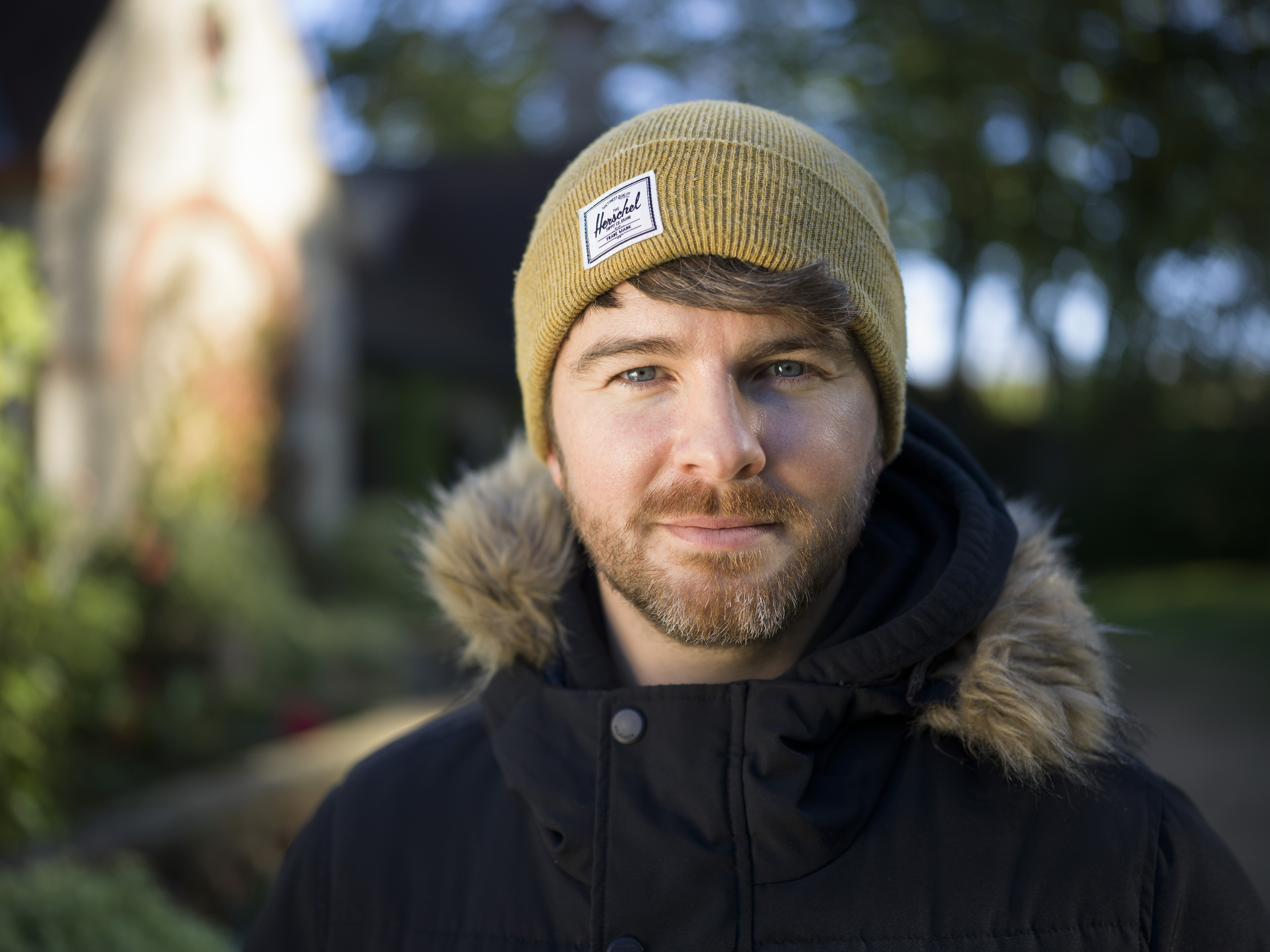
This is because there are wider aperture full-frame and crop sensor lenses available that can counteract the difference that sensor size for depth of field.
For instance, I used the XCD 2,5/55V lens (that's a 55mm f/2.5) with the X2D. Its equivalent full-frame focal length and aperture (for depth-of-field only, I should stress) is 43mm f/2 approximately. So, a full frame 50mm f/1.8 lens can match it and then some.
There's no real advantage to medium format for depth of field, then. But image quality and depth is more than just depth-of-field. It's about depth of color and tone. It's about color accuracy. And that's where things get more interesting.
I took identical pictures with a full-frame Nikon Z6 II and the Hasselblad X2D 100C to take a deeper look at exactly what's different between the cameras.
Color vision
As you'd expect, the numbers are overwhelmingly in favor of the Hasselblad X2D over full-frame; its 100MP BSI (backside-illuminated) sensor produces 16-bit raw images at 200MB a pop. With full-frame, we have the Sony A7R IV with its class-leading resolution of 60MP. Incidentally, the pixel pitch (size) is identical in those two cameras at 3.76μm.
My Z6 II is a full-frame all-rounder with a 24MP resolution – that’s a quarter of the X2D's. The quality of detail is night and day, feeling like the difference between 4K and Full HD. Of course, we'll only notice that difference when images are displayed large at full size, but the sheer quantity of detail in the X2D is staggering. Landscape photographers, studio, portraits – anyone that demands the most detail will love the X2D.
The quality of detail is night and day, feeling like the difference between 4K and Full HD.
Unusually, Hasselblad doesn't do color profiles. Like virtually all other cameras, the Nikon Z6 II has a range of profiles; neutral, standard, vivid, monochrome, and so on. For the X2D, you rely on Hasselblad's 'Natural Color Science', and then editing software to make changes in post. Hasselblad's own software is called 'Phocus'.
The Z6 II color profile is set to 'Standard' as default, though I've changed that to 'Neutral' for a more natural look. I've also edited with both of those profiles to compare with the X2D's color rendition.
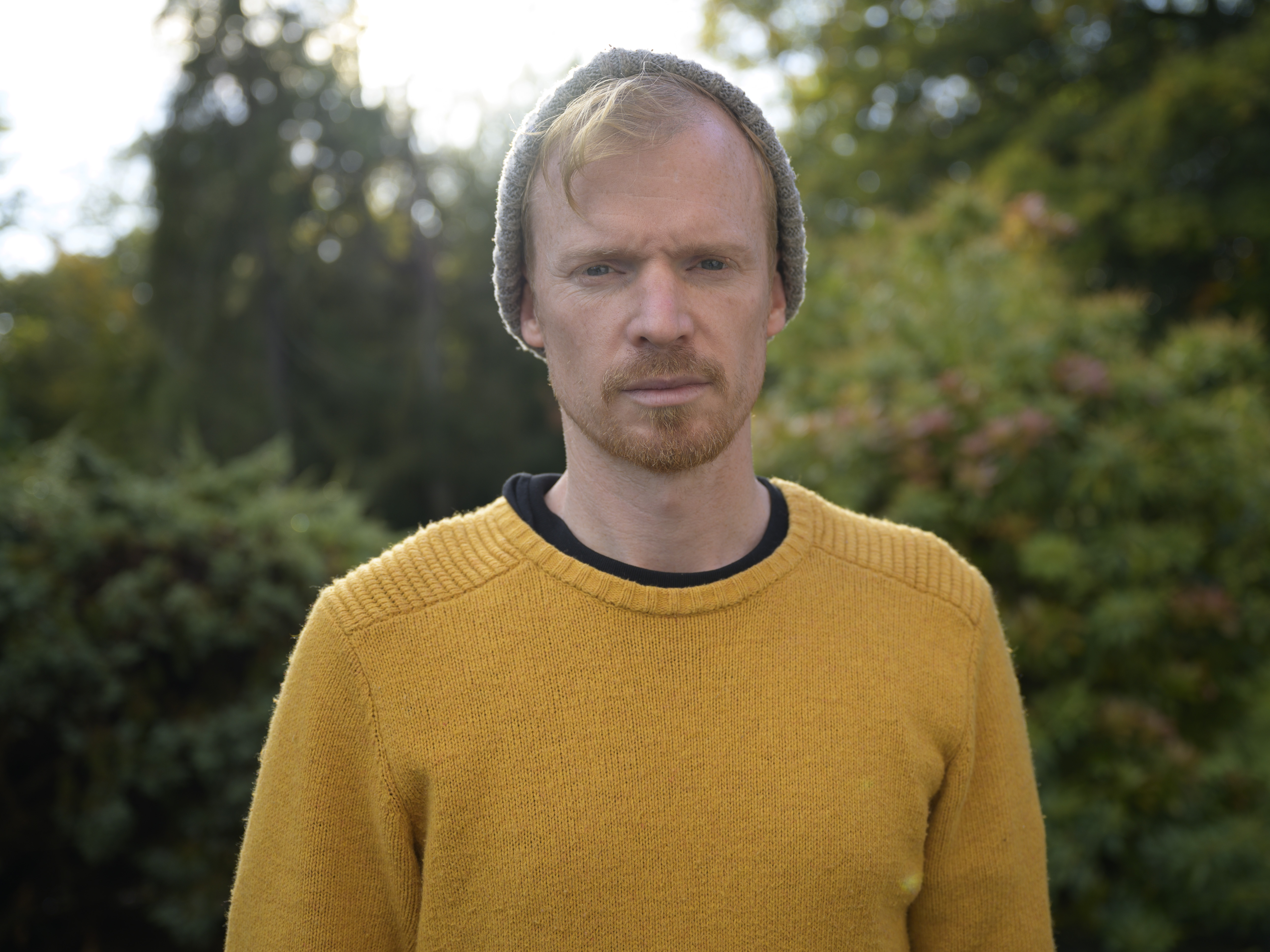
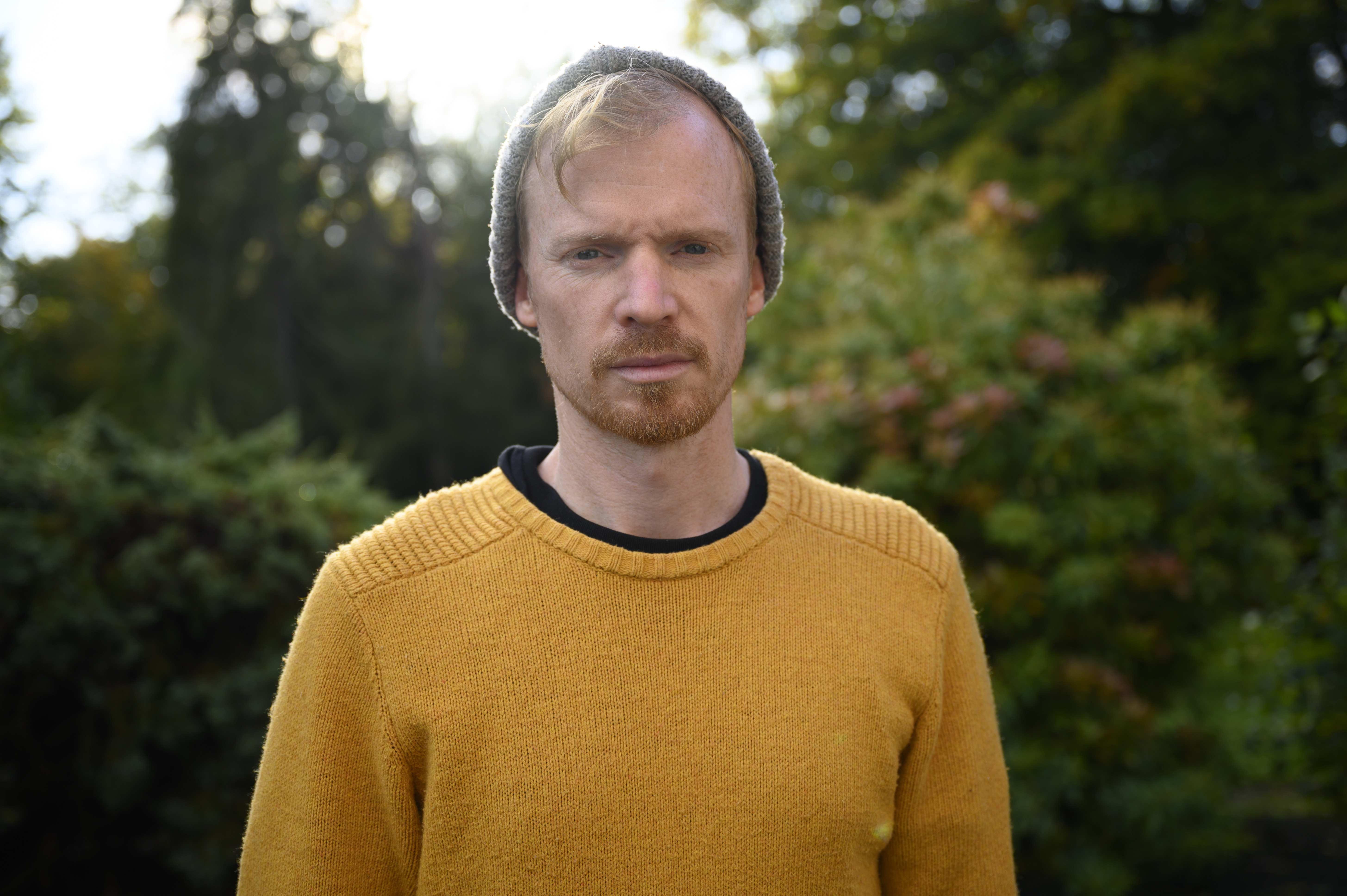
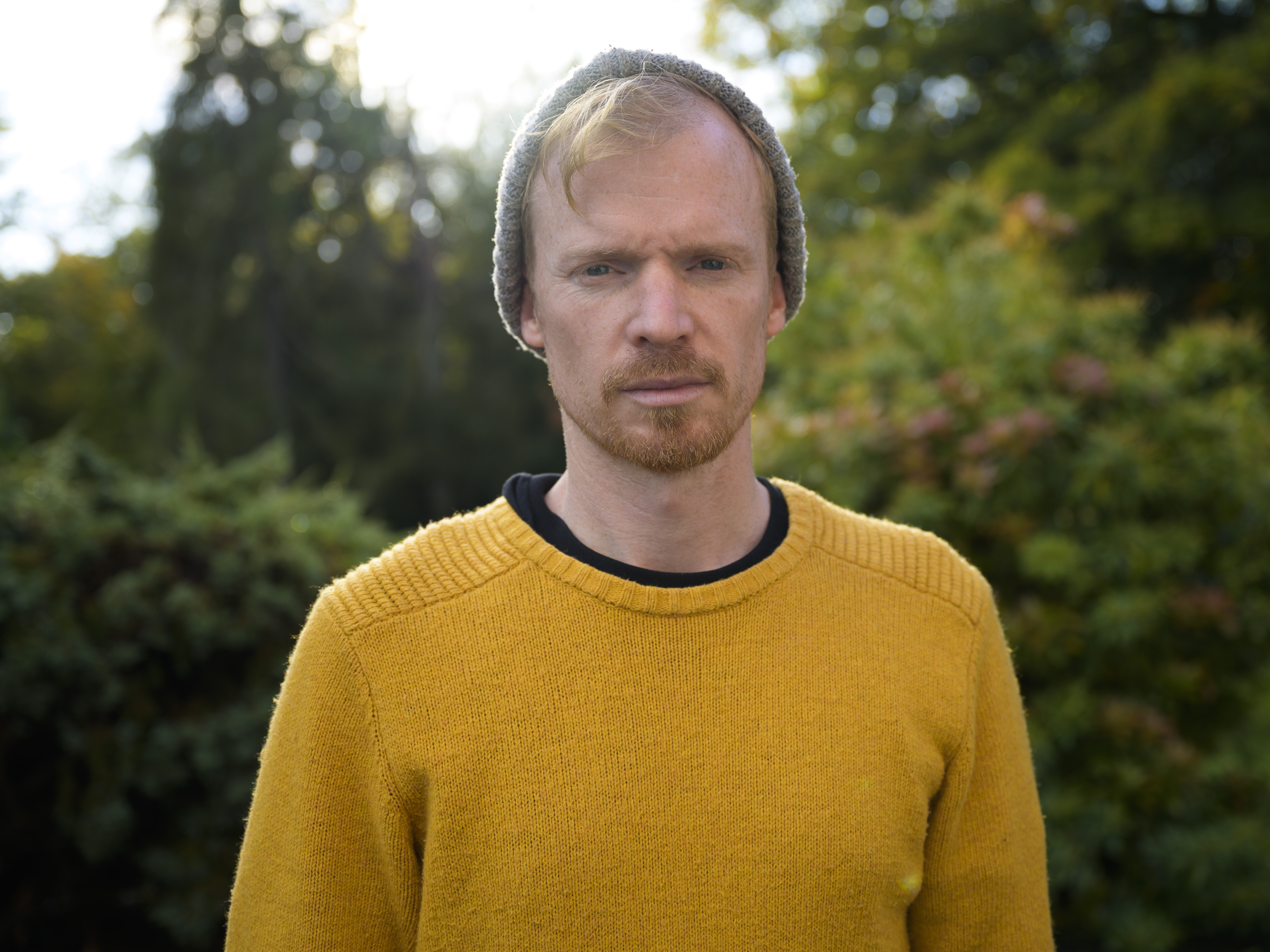
Take a look at the portrait made with the Z6 II's 'Neutral' profile in isolation and everything looks lovely. Nice skin tones, natural colors. However, put the X2D portrait alongside it (below), and there are subtle differences that a discerning eye notices when viewed at full-size.
There's a real accuracy with the X2D skin tones, while the tones of the Z6 II have a very subtle yellow tinge. You wouldn't notice it in isolation. The tones are also flatter than those in the X2D, while the 'Standard' profile appears particularly high in contrast – like it's trying too hard.
To match the skin tone of the X2D, I increased the contrast and vibrancy in the Z6 II 'Neutral' image – a happy middle ground between Neutral and Standard. Lovely. However, when I zoom out to view the whole image, the other tones like the yellow jumper became too vibrant to be real and a little out of whack, looking somewhat artificial.
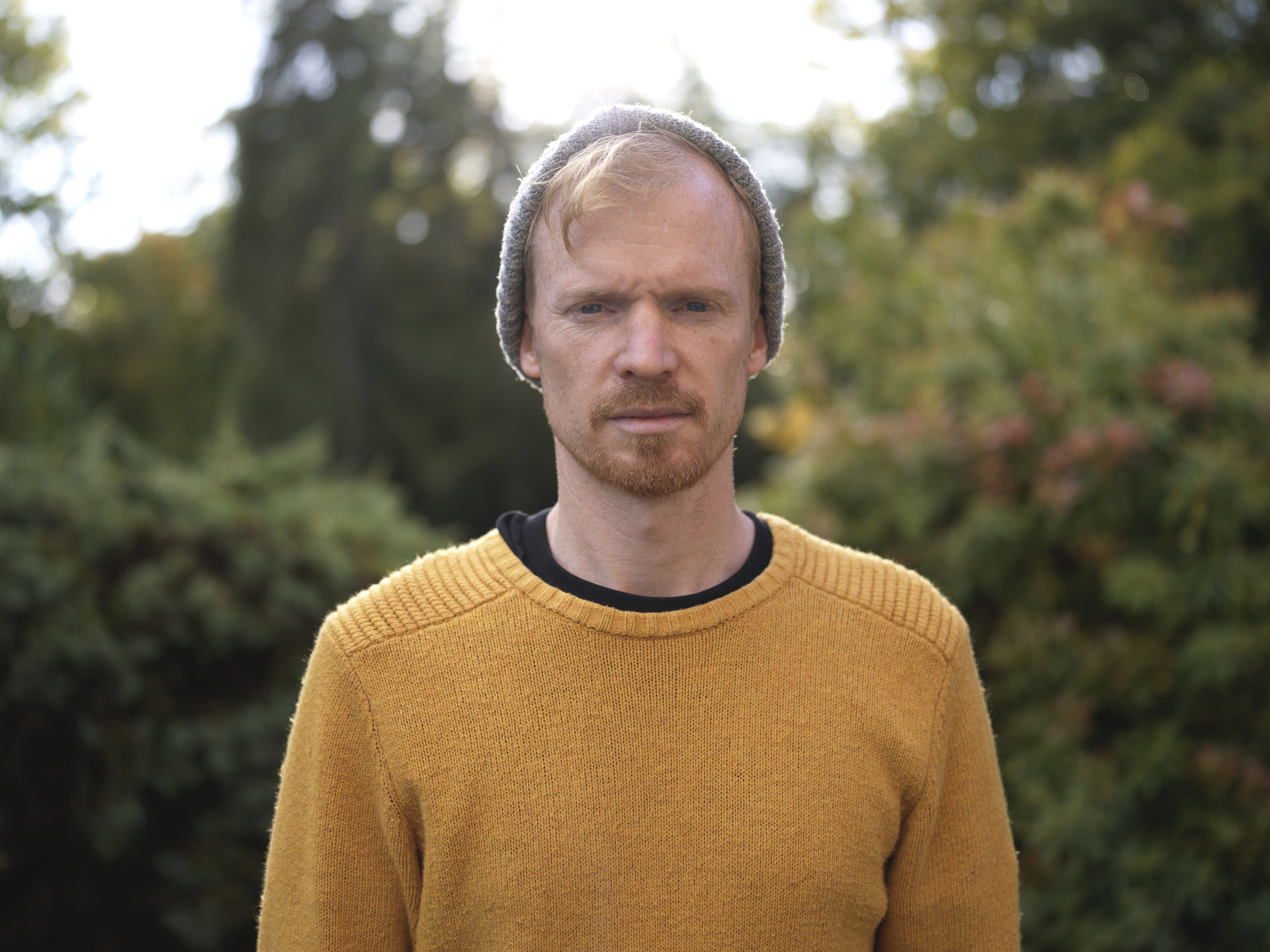
In summary, then, the Hasselblad's Natural Color Science in the X2D is a simple, single-click edit for rich and natural tones across the entire picture. It is true depth and more accurate in terms of what the eye sees. I would have to separately work skin tones and other elements in the Z6 II image to get close to matching the overall quality, plus spend extra time tweaking those colors.
Don't get me wrong, I'll still use the Z6 II for professional work and the difference with the X2D is subtle on the face of it, but once you look closer, your eyes are opened to a better world out there.
Focus of attention
Still, medium format does have its disadvantages. One thing I haven’t mentioned about using these cameras is focusing. In the above example of a static portrait, the playing field is equal because manually focusing the X2D was as easy as I could hope for. But for any action where autofocus is needed, the X2D is much harder to control and gaining sharp focusing where it matters most can be tricky.
The X2D's single point AF mode cannot be relied upon for super-critical focusing in shallow depth-of-field portraits. The Z6 II, on the other hand, has subject-tracking plus face and eye detection, so sharp focusing is one less thing to worry about. In short, it's all well and good having the most accurate colors and depth of tone, but it's a waste if the focusing is soft.
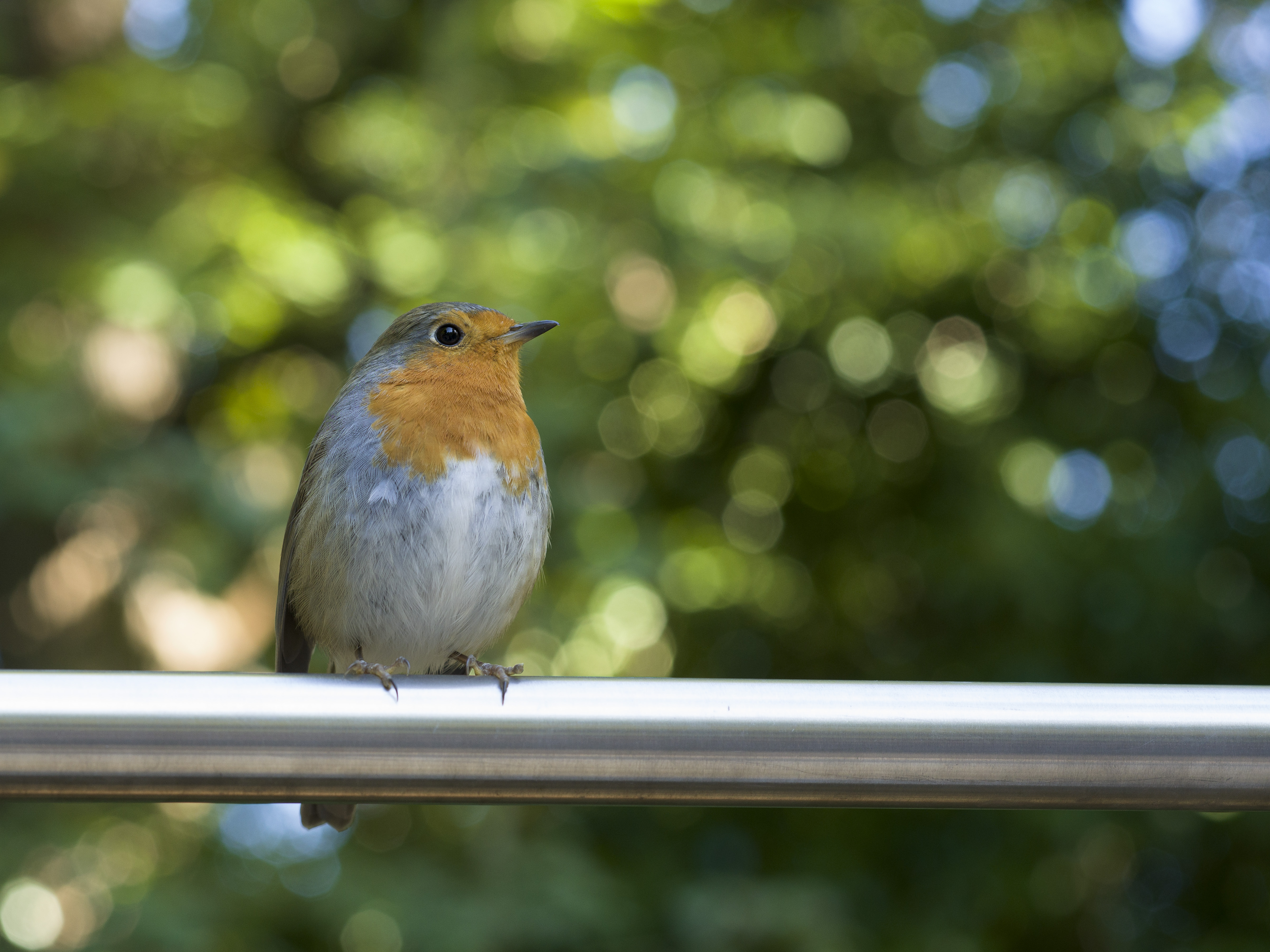
That said, I am encouraged by the progress in the X2D. I already knew of Hasselblad's quality, having used the X1D II 50C and 907X 50C at length, but the X2D with image stabilization and improved autofocus is a much more usable camera across a variety of scenarios, showing that medium format can close the gap in performance.
But that question comes back – is the Hasselblad X2D worth it, being three times the cost of my full-frame camera and lens? In a professional context, yes. It's a bit like why professional cinematographers use cumbersome cinema cameras over a hybrid one. Those subtle differences in color tone and depth matter. The image looks... natural. Whether or not those differences are enough to justify the X2D 100C's premium is a matter for you (and, perhaps, your bank manager).
Get daily insight, inspiration and deals in your inbox
Sign up for breaking news, reviews, opinion, top tech deals, and more.

Tim is the Cameras editor at TechRadar. He has enjoyed more than 15 years in the photo video industry with most of those in the world of tech journalism. During his time as Deputy Technical Editor with Amateur Photographer, as a freelancer and consequently editor at Tech Radar, Tim has developed a deeply technical knowledge and practical experience with cameras, educating others through news, reviews and features. He’s also worked in video production for Studio 44 with clients including Canon, and volunteers his spare time to consult a non-profit, diverse stories team based in Nairobi. Tim is curious, a keen creative, avid footballer and runner, and moderate flat white drinker who has lived in Kenya and believes we have much to enjoy and learn from each other.